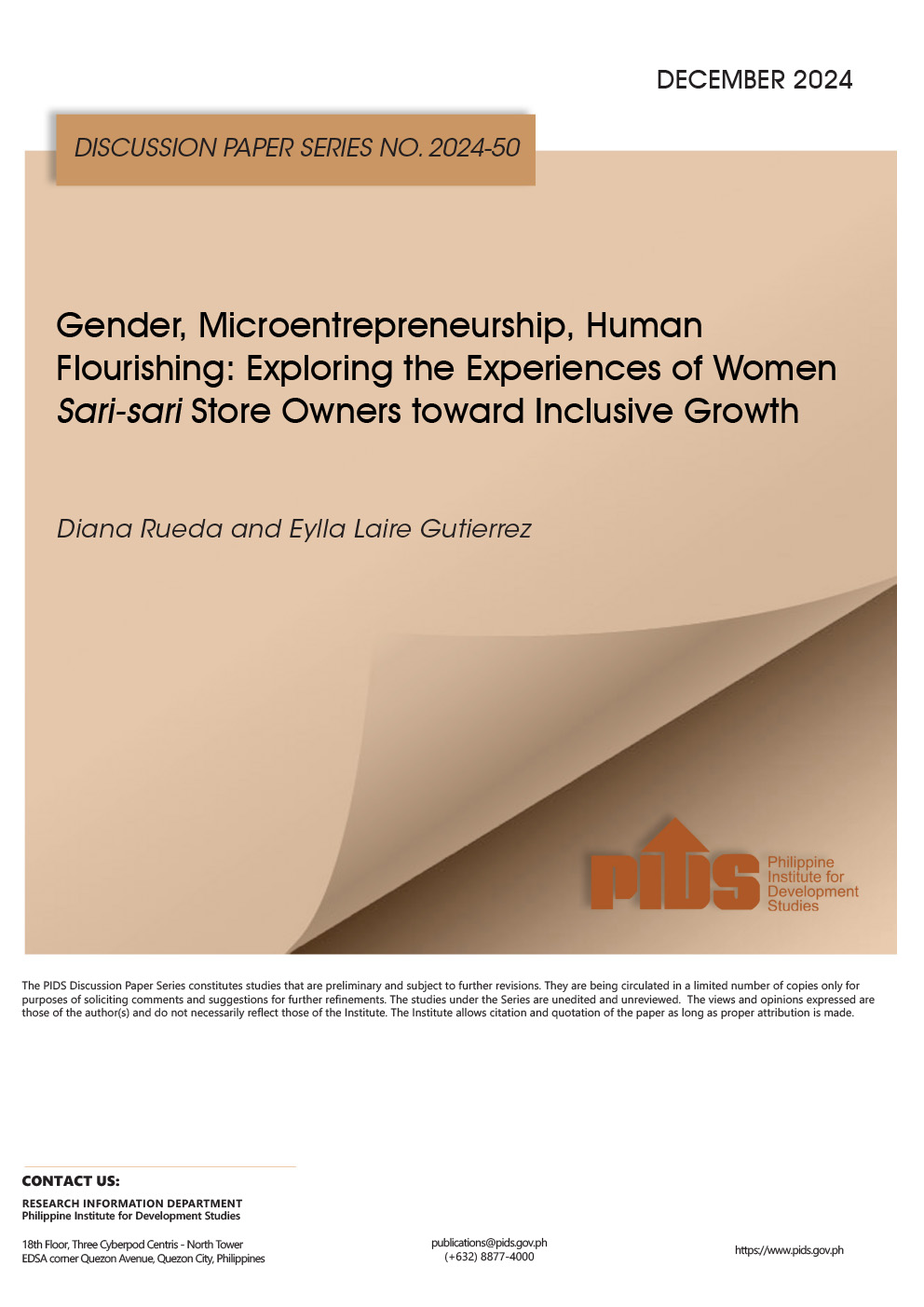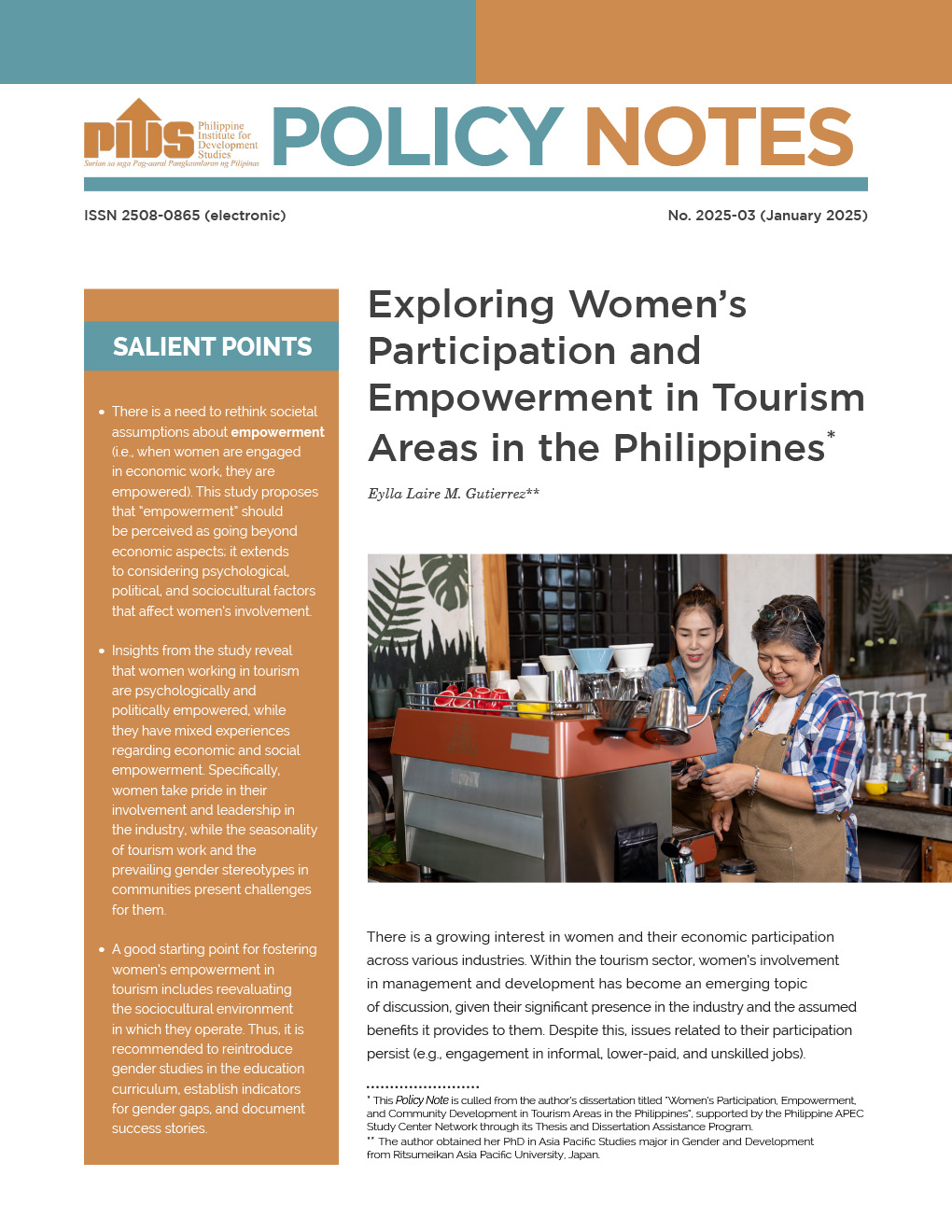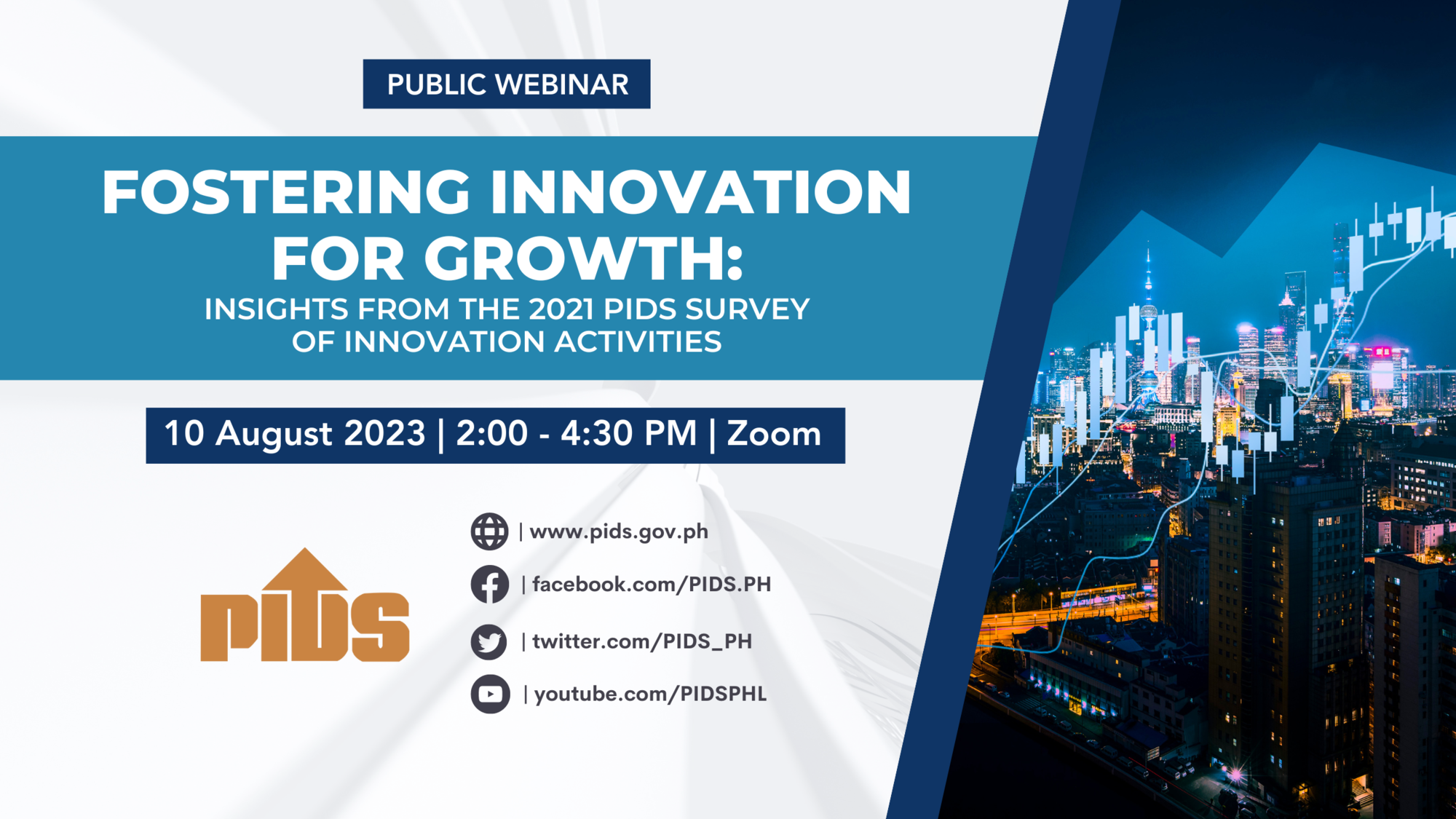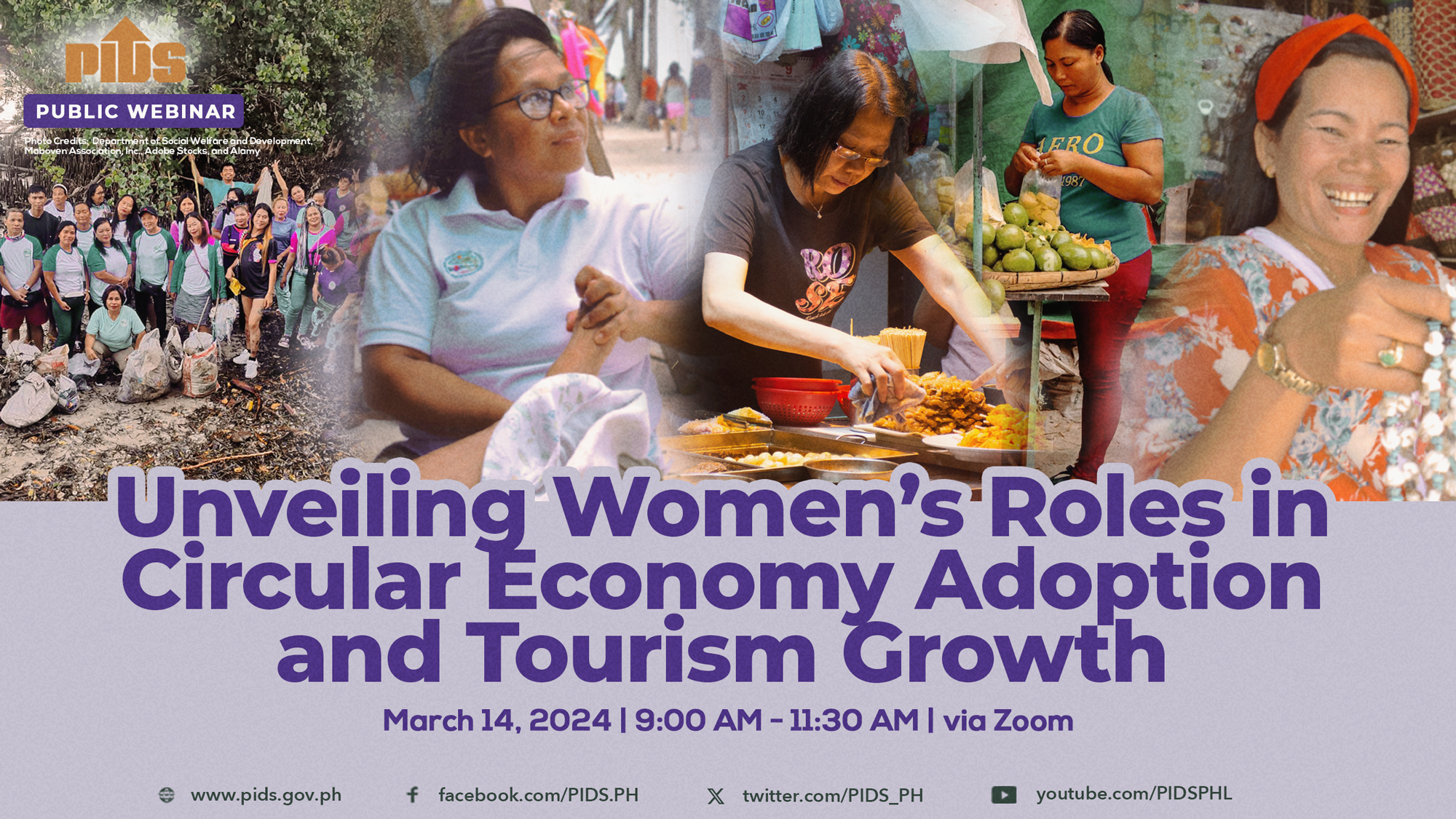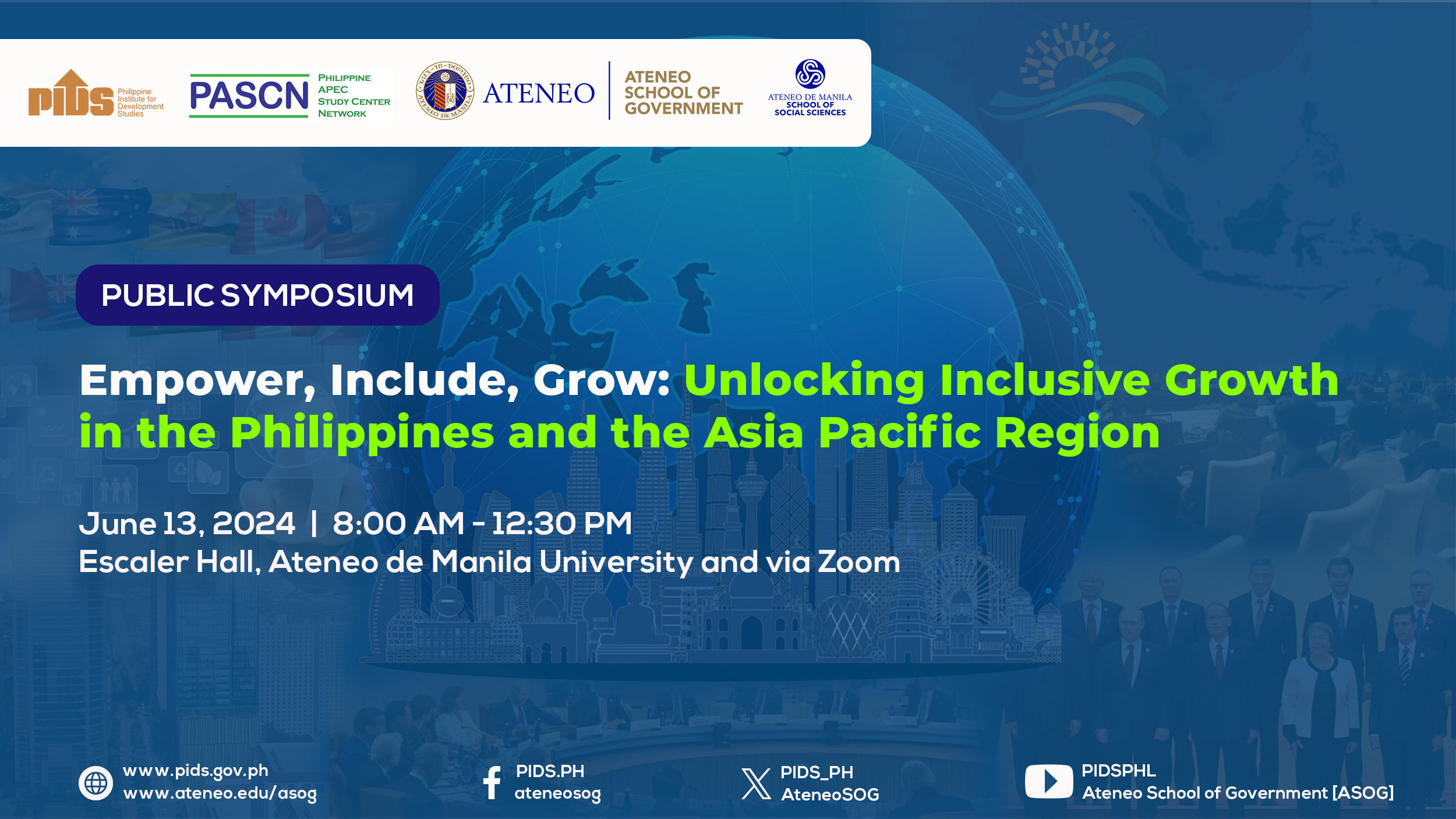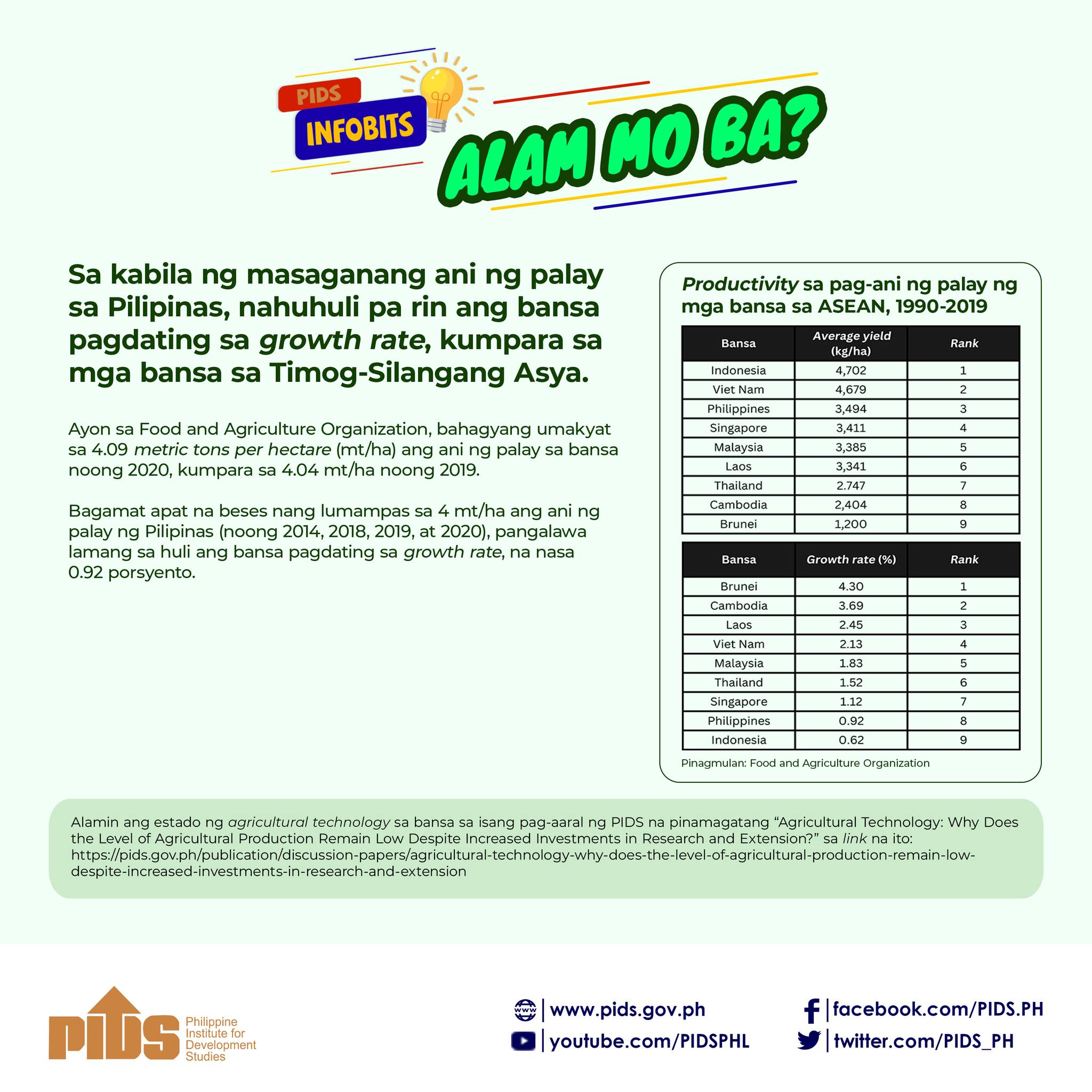More jobs were added amid sustained manufacturing recovery in August, but high inflation continue to put pressure on production costs and the retail prices of goods churned out by domestic firms.
In a report Thursday, S&P Global Market Intelligence said the Philippines’ purchasing managers’ index (PMI) improved to 51.2 last month from 50.8 in July. It was the seventh-straight month that the PMI was above 50 reflecting overall manufacturing sector growth, even as S&P Global said August’s uptick was “weaker than the series average.”
“August PMI data signaled an improvement in operating conditions across the Philippine manufacturing sector. Encouragingly, employment increased strongly and at the sharpest pace since mid-2017,” S&P Global Market Intelligence economist Maryam Baluch said in a statement.
According to S&P Global, companies hired additional staff for the fourth consecutive month as they “hoped for expansion in production in the coming months.”
However, Baluch flagged rising downside external risks to domestic manufacturing growth, such as global supply-chain disruptions, as well as elevated energy costs.
“Already, we have seen output failing to expand, and factory orders falling for the second-consecutive month. Furthermore, price pressures remained persistently high,” Baluch said.
Last Wednesday, the PSA reported that the producer price index (PPI) for manufacturing climbed to a new high of 7.9 percent year-on-year in July, as 21 sectors recorded increased production cost, led by the manufacture of coke and refined petroleum products whose costs grew 16.9 percent that month.
“Headwinds heighten concerns that inflationary pressures, supply-chain disruptions, the weakening of the peso and a high interest-rate environment, with further hikes expected, will squeeze demand as clients’ disposable income will take a hit,” Baluch said.
To rein in elevated inflation, the Bangko Sentral ng Pilipinas (BSP) so far this year hiked its policy rate by a cumulative 175 basis points (bps) to 3.75 percent, which could temper borrowings and investments of households and businesses.
According to S&P Global’s report, “supply-chain disruptions intensified in August, with lead times lengthening to the greatest extent in five months.” It said shipment delays and port congestion were predominately cited as the main causes of delayed deliveries.
“Supply-side disturbances, along with rising energy and material prices, exerted upward pressure on operating expenses in August. As a result, purchasing costs have now risen in each month since May 2020. Firms reported a rapid increase in input prices that was among the sharpest on record, albeit softer than that seen in July,” S&P Global said.
“In line with rising average cost burdens, firms increased their factory gate charges further in August, thereby extending the current sequence of selling price inflation that began in May 2020. Moreover, the rate of charge inflation was the quickest in five months,” it added.
For Baluch, “while the Philippine economy showed strong growth post-COVID-19, the following months will challenge momentum, with the PMI data already recording softer output expectations for the year ahead.”
In a forum organized by the state-run Philippine Institute for Development Studies (PIDS) Thursday, National Economic and Development Authority (Neda) Undersecretary Rosemarie Edillon said the manufacturing sector’s output remained slightly lower than pre-pandemic levels despite overall economic recovery from the pandemic-induced slump.

